How to soak and process cucumber seeds in hydrogen peroxide before planting?
Presowing seed treatment is a mandatory measure that affects the germination of cucumbers, prevents the infection of seedlings with viral or fungal diseases. At home, cucumber seeds are treated with hydrogen peroxide. This procedure is quite simple, and in terms of efficiency it is comparable to a number of agrotechnical techniques included in pre-sowing preparation.
Why treat seeds with peroxide?
In its natural environment, a cucumber seed germinates under certain conditions. These include increased temperature and humidity, light intensity, and increased oxygen supply. These factors suppress the effect of substances that inhibit the awakening of the embryo during the dormant period, and affect the increase in growth stimulants in the storage tissue of seeds.

To force the seed to come out of a state of natural dormancy in conditions when temperatures are freezing outside and there is snow, they resort to techniques that imitate the natural environment. The seeds are frozen, heated, soaked in a solution with micronutrient fertilizers, bubbled (saturated with oxygen) and disinfected with fungicides.
Many of these techniques require a careful approach, adherence to strict temperature and time regimes. To simplify the process of preparing seeds, they are treated with hydrogen peroxide before sowing, combining several preparatory procedures at once.
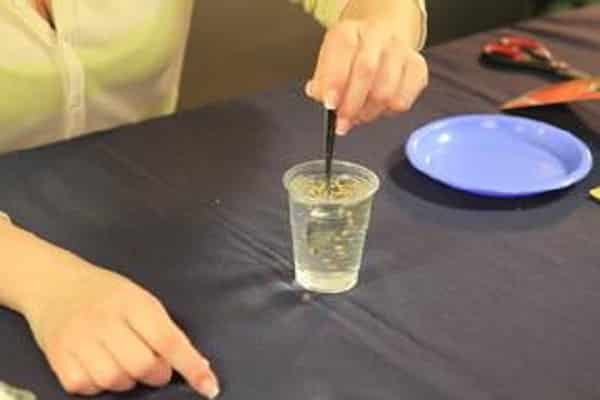
Peroxide affects the seed coat. As a result of the oxidative reaction under the influence of oxygen, the amount of inhibitors that inhibit germination decreases. The embryo wakes up, starting a new plant life cycle.
Important! Hydrogen peroxide acts as an effective antiseptic and growth stimulant at the same time.
How does hydrogen peroxide affect seeds?
Hydrogen peroxide sold in pharmacies has a concentration of 3%. A slightly acidic environment has a complex effect on cucumber seeds:
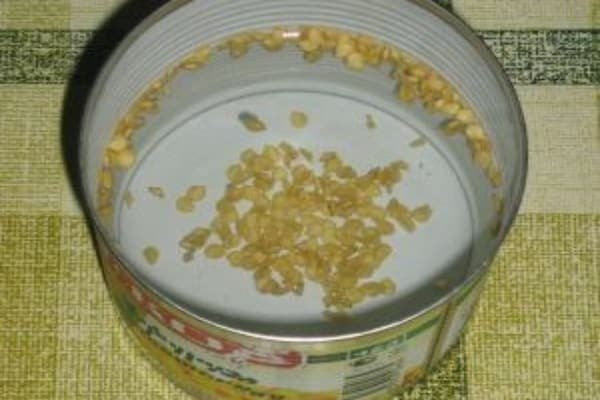
- affects the strong peel and contributes to its destruction;
- as a result of oxidative processes, the amount of substances limiting the germination of the embryo decreases;
- saturating the endosperm with oxygen, enhances the effect of growth stimulants;
- hydrogen peroxide disinfects the surface of the shell and the hatched seedling, destroying the pathogenic microflora.
By soaking cucumber seeds in hydrogen peroxide before planting, an instantaneous effect of disinfection and saturation of the planting material with a dose of active oxygen is obtained. Peroxide activates the germination energy of the embryo, which ensures friendly shoots.Peroxide treatment does not take much time and is very simple in everyday life.
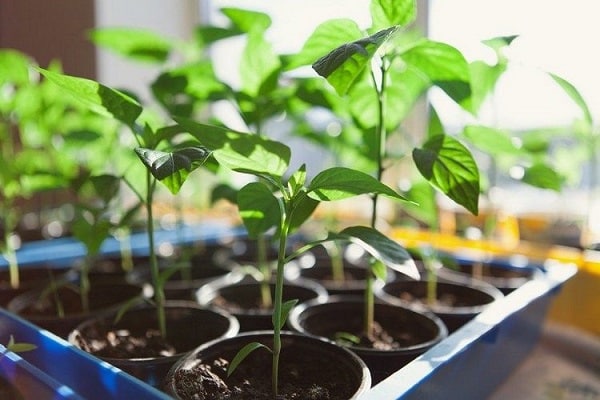
How to soak cucumber seeds properly?
The planting material is calibrated before the procedure, trying to cull at the initial stage. This is done by placing the seeds in a saline solution or plain water for 20-30 minutes. The floating seeds are removed, and the ones that have settled to the bottom are washed and prepared for further processing:
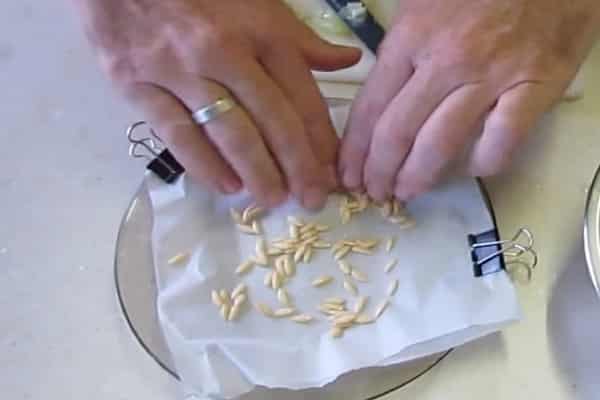
- To soak the seeds, you will need 3% hydrogen peroxide, which can be purchased at any pharmacy in glass or plastic bottles with a volume of 50 ml or more. If you intend, in addition to soaking the seed, to carry out soil treatment or spraying with an antiseptic, then it is more profitable to purchase peroxide in liter containers at chemical reagent stores.
- You will need a glass saucer or glass that you can safely pour the drug into. Select the volume of the dishes depending on the amount of seeds to be soaked. If you have to process several different varieties at the same time, then each one needs a separate dish. The dishes are washed and dried.
- Prepare small pieces of cloth to absorb excess liquid and keep constant moisture around the seeds. It is undesirable to use too thinned fabric, among the fibers of which the seed can get stuck and damaged. Gauze or bandage should be rolled in 4-5 layers.
- Place a cloth on the bottom of a glass container and moisten it with hydrogen peroxide solution. Put the seeds on its surface, evenly distributing them over the surface. Top with a second piece of woven fabric. Moisten this layer so that the seeds are completely covered with the soaked cloth.
- If a large amount of planting material of the same variety is soaked, you can put them in a glass container and fill it with a peroxide solution without using fabric protection. In this case, the preparation is poured just enough so that it covers the top layer by 2-3 mm.
The soaked seed is kept in solution at normal room temperature for 12 hours. Then it is washed in boiled water and dried.
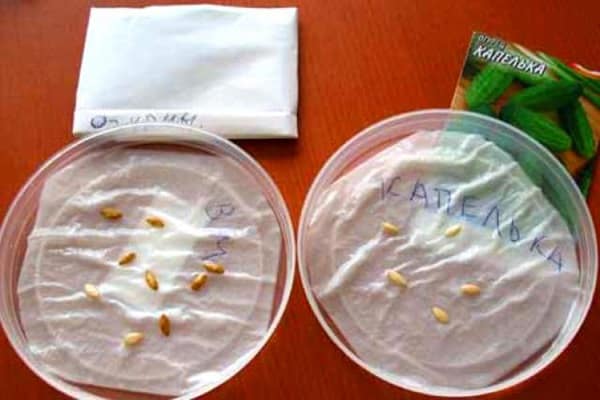
What to look for?
Of course, seedbed preparation is directly related to the cultivation method:
- If the cucumbers are grown in seedlings, then the seeds are planted in peat pots immediately after processing. In this case, it is not at all necessary to wait until they hatch. Thermal and light conditions are much easier to create at home.
- In the event that it is planned to grow cucumbers by direct planting into the ground, then in addition the seeds are allowed to swell to the state of seedlings. To improve immunity, germinated seed is placed in the refrigerator overnight. After that, the seeds can be planted in a permanent place with full confidence that friendly shoots will appear in a few days.
- In addition, the quality of the seed that has undergone such processing is much higher. It is known that pathogens are often transmitted with planting material. They can penetrate not only into the outer shell, but also into the endosperm. The antimicrobial and antiseptic effect of hydrogen peroxide prevents these dangerous processes.
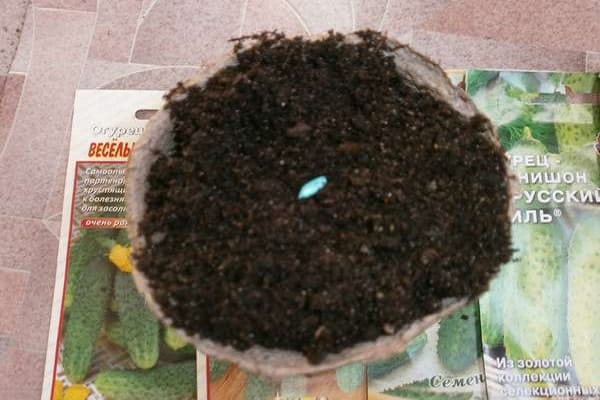
If you are sure of the quality, or have purchased encrusted, coated, laser or plasma seeds, then it makes no sense to re-process them. And ordinary seeds in bags that do not have a protective coating are disinfected by the manufacturer.
Planting material purchased from hands in the markets is subjected to processing. It is advisable to disinfect your own seeds, or those received through exchange through friends. Be careful and if you have the slightest doubt about the quality of planting material, use an affordable and cheap way to protect plants using hydrogen peroxide.
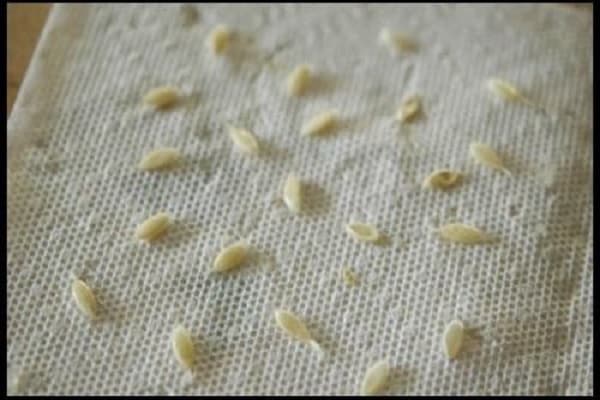
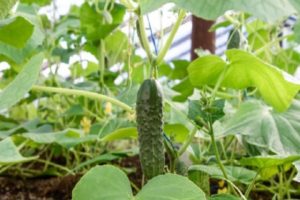
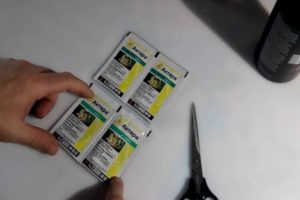
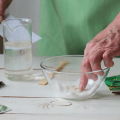
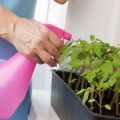
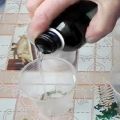
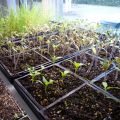
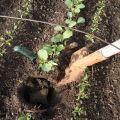
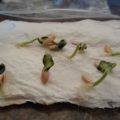
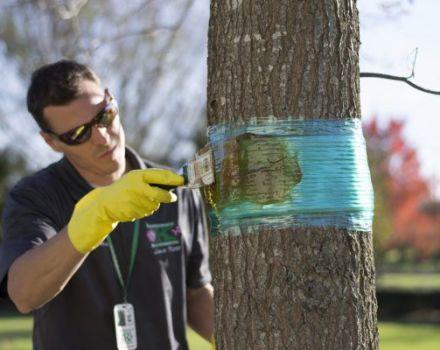
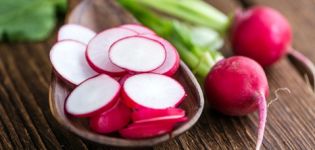
It is very tempting, I try to treat it with peroxide, I think it will work out. The advice is very kind.